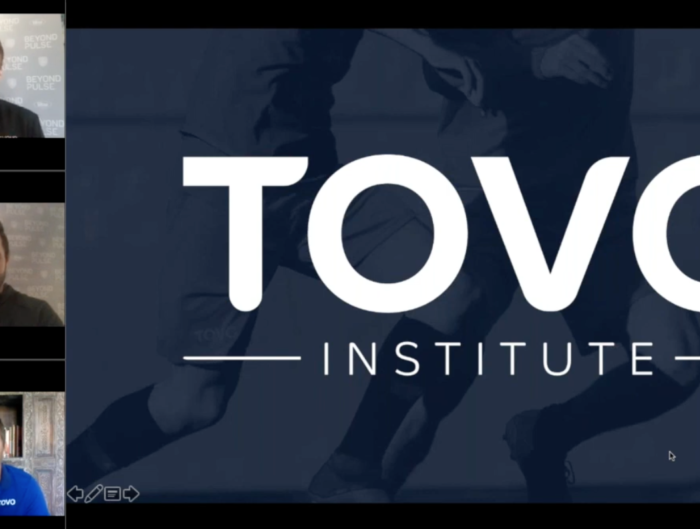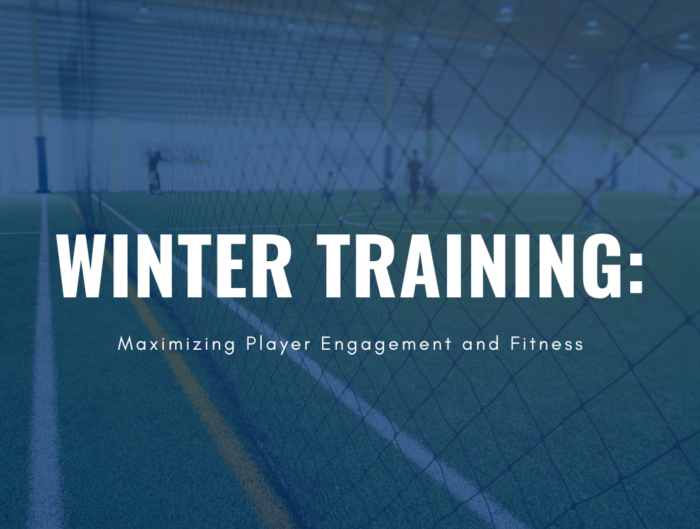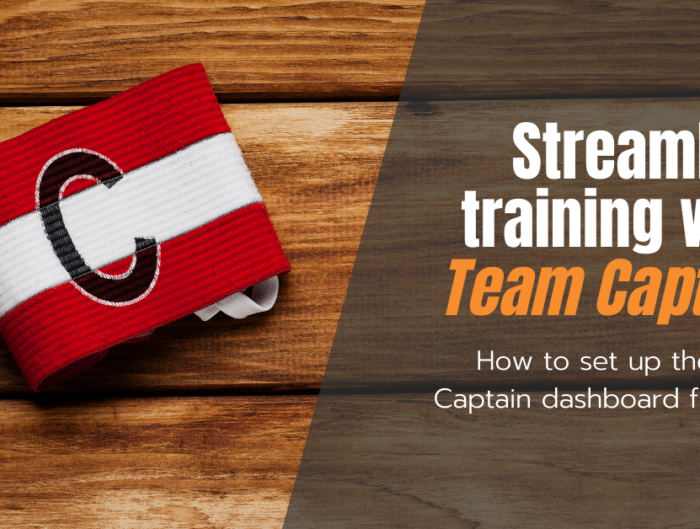The off-season is a rare occasion in the year in which an athlete can focus on their individual performance goals. Whether this is increasing strength in the gym, or max speed, acceleration or other more technical goals on the field. For most the goal is simpler, to avoid off-season de-conditioning and ensure they arrive at pre-season feeling physically prepared for a successful return to the training week
Using Beyond Pulse to Tailor Your Training
With the Beyond Pulse dashboard, you can maximize the specificity of your training using your past game data to understand your performance demands better. For example, using the Beyond Pulse Dashboard you can see your maximum distance covered in a game and your speed during those moments. This information helps you set specific training goals so you can best prepare for the upcoming season.
Designing Your Workouts
Imagine you usually cover 8,000 meters in a game. Let’s say it’s about:
- 3,000m of walking or at a minimal jog
- 3,000m of running 50-75% of maximum speed
- 2,000m at 75% or higher
From this information, we could design multiple sessions with and without ball work that try to consistently meet these numbers. Here are two session examples:
Session 1: Aerobic Capacity
Soccer requires significant aerobic fitness. An aerobic capacity session looks to improve aerobic fitness, while also keeping running volume high to ensure your musculoskeletal system is able to tolerate match distances. Using Beyond Pulse data enables you to plan a session specific to your match distances.
Per the example above, let’s assume you typically cover 5000m at 50% max speed and above during a game. Knowing this, we should include a session to mimic these demands. If you have taken a few weeks off during the offseason, then take a few sessions to build up to this by decreasing total distance.
Aim: To mimic the running distance of a game.
Structure:
- General warm up – Pre-activation, movement preparation specific to your needs
- Specific warm up: 800 meters aiming to establish interval pace
- Main Set: Three intervals of 1,200 meters each
- Cool down: 800 meters
- Total: 5,200 meters
- Rest: Rest between efforts 1:1 or 1:2 meaning work to rest is equal or rest is twice the time of completion. Try to maintain a consistent pace in each set. .
Session 2: High-Speed Running
Often missed in offseason training is the need to train the anaerobic systems. This best prepares you for the high intensity phases of the game. This in turn maintains the body’s ability to tolerate high speed running, decreasing the risk of injury.
In this example information above, we see that the athlete covers around 2,000m of high speed running during a game. The aim of this session is to maintain high-speed running ability, crucial for soccer-specific movements and reducing injury risk.
Personalize: For this session we want to be running at about 75% of top speed being around 100m in 22-24s for females and 18-20s for males. After completing your first session you can adjust the speed to better suit your own metrics using the Beyond Pulse dashboard
Structure:
- Add some accelerations and decelerations in the forms of change and directions and cuts but keeping intensity of movements at 75% max effort.
- Use the dimensions of a soccer field to plan out this session.
- For example, the length of a soccer field is usually around 90-100m.
- A run from the edge of the 18 yard box around the center circle and back to the same box is around 90-100m including some change of direction.
- Running the 18 yard box corner to corner is around 65m.
- Rest: The work to rest ratio for this session can be 1:3 to 1:4 with a recovery period at the half way point. This session is more demanding on the body so we advise you build up meters over a few sessions until you reach your match target.
Remember: Use Your Data to Customize Your Workouts
- Regularly Review Your Dashboard Data: After each training session, take some time to review the data on your Beyond Pulse dashboard. Pay close attention to metrics like distance covered, speed, and heart rate.
- Track Progress Over Time: The dashboard allows you to track your progress over time. Use this feature to see how your fitness improves throughout the off-season. This can be a great motivator and guide for adjusting your training intensity.
- Adjust Workouts as Needed: Based on your progress and the data from your dashboard, don’t hesitate to adjust your workouts. If you’re improving faster than expected, challenge yourself more. If progress is slower, focus on consistency and gradual improvement.
By actively using your Beyond Pulse dashboard to design and adjust your customized workouts, you ensure that your off-season training is as efficient and effective as possible. Remember, the key is to train smart, not just hard. Here’s to a successful off-season, where you come back stronger, faster, and ready for the challenges of the new season!

 FRA
FRA































